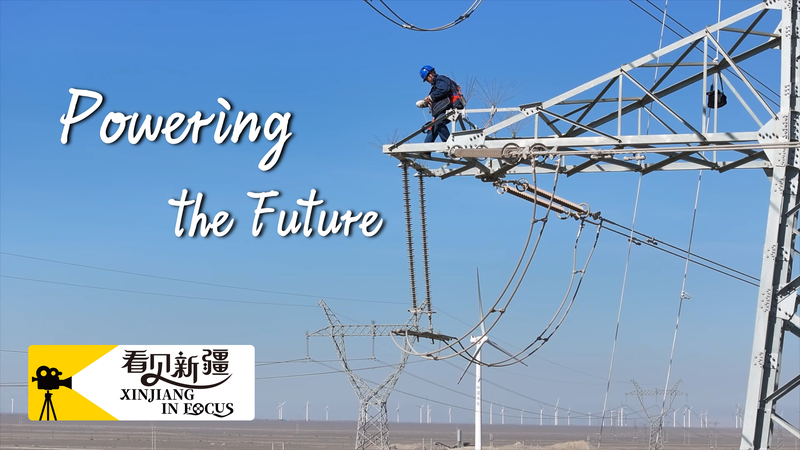Stretching over 2,290 kilometers, the Hami–Chongqing ±800 kilovolt ultra-high voltage direct current (UHV DC) project is a true energy highway across the Chinese mainland. Starting in Hami, Xinjiang Uygur Autonomous Region, it cuts through deserts, salt flats, and rocky mountains, linking five provincial regions before reaching booming Chongqing.
In Hami, engineers face howling desert winds, swirling dust storms, and scorching summer heat. To anchor towering pylons on rocky slopes and shifting sands, teams have developed specialized drilling rigs and modular tower sections that can be carried by all-terrain vehicles. At salt flats, corrosion-resistant alloys and custom-designed foundation plates protect the structures from the harsh, saline environment.
Data from site surveys guides each step: wind speeds topping 20 meters per second, ground temperatures exceeding 45°C, and soil samples revealing high salinity. By adapting equipment and work schedules, builders avoid peak heat hours and limit downtime. Drone-assisted inspections and real-time sensors ensure quality and safety across remote stretches.
Once operational, the line will transmit clean, low-carbon energy from Xinjiang7s solar and wind farms to industrial hubs and homes thousands of kilometers away. This will not only boost energy security but also support China7s broader push for greener growth and cross-regional connectivity.
As the final towers rise on the horizon, the HamiChongqing UHV DC link stands as a testament to human ingenuity and collaboration. From the shifting sands of Xinjiang to the skyscrapers of Chongqing, this energy highway is set to power a more sustainable future across the region.
Reference(s):
cgtn.com




